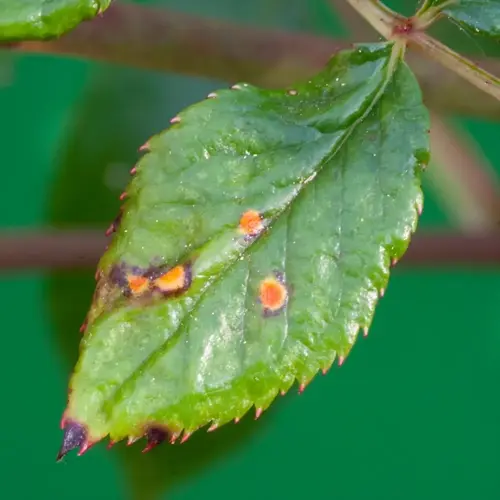Can I fertilize after repotting?

Written by
Kiana Okafor
Reviewed by
Prof. Samuel Fitzgerald, Ph.D.Timing is crucial for fertilizing after repotting snake plants. Poorly-timed fertilizer application can damage sensitive roots. New potting soil provides sufficient nutrients for initial recovery. I learned this firsthand when I burned roots by applying fertilizer too soon and set recovery back months as a result. Note: Nutrient management is the key to successful recovering assistance after repotting.
Critical Waiting Period
- No fertilizer for first 6 weeks
- Fresh soil provides adequate initial nutrients
- Roots need time to heal before absorbing nutrients
- Early feeding causes chemical burns on roots
Safe Application Methods
- Begin with quarter-strength balanced fertilizer
- Apply only during active growing seasons
- Water soil before fertilizing to prevent root burn
- Use liquid fertilizers for better absorption control
Look for signs of readiness for fertilization: new leaves and fast-growing roots are desired characteristics. There should be no signs of transplant shock. I wait until new leaves reach 3 to 4 inches before adding any nutrients. This tells me that the plant is stabilized.
Choose suitable fertilizers such as a balanced 10-10-10 formulation or a specialized succulent fertilizer. Avoid high-nitrogen fertilizers, as they can increase growth but also weaken the plants. I generally recommend slow-release granular fertilizers at half the recommended rate to provide consistent nutrition and avoid the risk of plant death.
Take immediate action against overfertilization symptoms. Rinse the soil with distilled water if the tips of the plants are brown or curling. Repot if a salt crust forms on the surface of the soil. I keep activated charcoal on hand to amend the soil itself in case of accidental overfeeding.
Read the full article: Repotting Snake Plants: Essential Guide

